Have you ever wondered how all those railcars get to where they need to go? It’s all thanks to railcar switching!
Railcar switching is the process of moving railcars from one track to another in a rail yard or terminal.
It may seem like a simple task, but it’s actually a crucial part of the transportation process that keeps goods moving across the country.
In this blog post, we’ll take a closer look at what railcar switching is and what it accomplishes. So, grab a cup of coffee and settle in because it’s time to talk trains!
What is Railcar Switching?
Okay, so picture this, you’re standing by a railroad track, watching as a long train goes by. Maybe you’re wondering how all those railcars end up where they need to go. Well, my friend, that’s where railcar switching comes in.
Railcar switching is basically the process of moving railcars from one track to another within a rail yard or terminal. It’s like a big game of musical chairs, but with a lot more weight and horsepower involved!
There are a few different ways that railcar switching can happen. Additionally, sometimes it’s done using a locomotive, which can move individual cars around as needed. Other times, a specialized vehicle called a railcar mover is used to shuffle cars around.
What does Railcar Switching Accomplish?
Efficient Transportation:
By moving railcars to the right track at the right time, railcar switching helps keep trains running smoothly and on schedule.
Moreover, this means that goods can be transported more efficiently, which is essential for businesses that rely on the timely delivery of their products.
Safe Handling of Goods:
Railcar switching also contributes to the safe movement of goods. Railcar switching helps prevent accidents and damage to commodities by carefully shifting railcars around and ensuring that they are in the appropriate spot.
Customizable Shipping:
Railcar switching allows for a high degree of customization in shipping. By moving railcars around, businesses can create customized trains that are tailored to their specific shipping needs. This helps reduce waste and improve efficiency.
Reduced Costs:
Finally, railcar switching can help reduce costs. By optimizing the movement of railcars, businesses can save money on transportation costs and reduce the time and resources needed to move goods from one place to another, US RAIL AND LOGISTICS.
Types of Railway Switches:
Stub Switches – Stub switches are the simplest type of railway switch. They consist of a single switch rail that can be moved to switch a train from one track to another.
Double Slip Switches – Double slip switches are a type of switch that allows a train to move from one track to any one of four possible tracks. They consist of two moveable switch rails and four fixed rails.
Crossover Switches – Crossover switches are used to allow trains to move from one track to a parallel track. They consist of two switch rails that cross over each other.
Three-Way Switches – Three-way switches, as the name implies, allow trains to move from one track to any one of three possible tracks. Furthermore, they consist of three switch rails and several fixed rails.
Gauntlet Switches – Gauntlet switches are used in situations where there isn’t enough space for two parallel tracks. They consist of two moveable switch rails and two fixed rails that are arranged in a “V” shape.
Single Slip Switches – Single slip switches are similar to double slip switches, but they only allow a train to move from one track to one of two possible tracks. Similarly, they consist of two moveable switch rails and two fixed rails.
What Are the Benefits of Railcar Switching?
Firstly, one of the biggest benefits of railcar switching is that it allows for more efficient transportation of goods. By moving railcars to the right track at the right time, rail operators can ensure that trains are running smoothly and on schedule.
This means that goods can be transported more efficiently, which is good news for businesses and consumers alike.
Secondly, another big benefit of railcar switching is cost savings. By optimizing the movement of railcars, rail operators can save money on transportation costs and reduce the time and resources needed to move goods from one place to another.
Lastly, railcar switching also allows for a high degree of customization in shipping. By moving railcars around, businesses can create customized trains that are tailored to their specific shipping needs. This helps reduce waste and improve efficiency.
For More Information:
If this blog helped you make a decision and learn more about railcars and railcar switching, Contact Contract Railcar Storage today!
We offer high-quality and efficient railcar storage services for you and your business.






